A few weeks ago, I wrote a post about how many of the boats on display at the Annapolis Sailboat Show had small 2-burner stoves and while that may not be much of a problem when cooking on top of the stove, it also made for a small oven.
In the very lively discussions that ensued on Facebook and in the comments, I heard a number of different things relating to stove choice and wanted to gather them here — and possibly add more via Facebook and additional comments.
Not All 3-Burner Stoves Are Large
Over and over, people commented about the burners being so close together that it was impossible to actually fit three pans on the stove — more than a few even had problems with 2!
In researching this further, I believe that my Force 10 stove was a 3-burner “American standard” size — and that’s the largest size for the three burner stoves. I never had a problem with using three pans and didn’t realize that some of the 3-burner stoves were so small. But yes, they are.
If you are looking at stoves in person, I’d suggest taking along at least one of your larger pans. By placing it on a burner, you can very quickly see how it will or won’t infringe on using the other burners.
If you are looking at stoves online, it can be VERY hard to find detailed info on burner layout. I spent over an hour looking at several manufacturers’ web sites and found none. I could find all sorts of overall dimensions and information for installing, but none showing dimensions of the burners and space between.
Nonetheless, it’s probably one of the most important factors in how happy you’ll be with the stove, and I agree with several readers who felt that there was no point in having three burners if you could never use more than one!
Burner BTUs
“BTU” stands for British Thermal Unit and is a measurement of how much heat something puts out. Higher numbers mean more heat. (Note: BTUs are used for propane, CNG and alcohol stoves; watts are used for electrical stoves — same concept.)
In general — and there are no hard-and-fast rules on this — you need about 7,000 BTUs to saute effectively (brown meats, stir fry) or boil a pot of water with any speed. If you plan to use an Omnia Stove Top Oven, you’re going to need a burner with close to this heat in order to preheat the oven properly.
Many different brands of marine stove have one or more burners with 8,000 to 9,000 BTUs (and sometimes more). That’s great for fast cooking, but not so great for slow simmering. These burners are almost impossible to turn down to a nice low setting — they go out first.
I had this problem and got what’s called a “flame tamer” (Amazon) to keep from burning everything I made. They cost about $7 — the cheapies work just as well as the really expensive ones.
The better way is to have at least one burner with lower BTUs — what many companies call a simmer burner. These are typically 3,000 to 5,000 BTUs.
When you look at a stove, the larger burners typically have higher BTUs and the smaller ones have lower. Some manufacturers/models have all burners the same size and usually (but not always, as nothing is “standard”) that means they have the same BTUs.
The good news is that the spec sheets from every manufacturer that I checked did list the BTUs for the individual burners, often saying something like “one 9200 BTU burner and two 3400 BTU burners.”
My personal preference would be to have at least one higher BTU burner and one lower, but you know how you cook.
Broiler or Not
Many marine ovens come standard with a broiler, but some brands make models with and without. I’m betting that a lot of readers are asking why they’d ever use a broiler. How about if I said I used it almost every day?
We didn’t have a toaster and my preferred method of making toast was under the broiler — very quick and easy. Admittedly, there are other ways of making toast on a boat (read here and here), but given a choice I’d prefer to have a broiler and do it that way.
As a side note, the tiny house we bought when we moved back ashore has the only “land” oven I’ve ever seen without a broiler. Not a broiler that doesn’t work, but never had one (the things the builder did to save $10 are legend). Two or three times a year I really wish I had one — not often enough to buy a new stove, but often enough to kind of wish the old one would die and I’d have a reason to get a new one. Of course, this means that it will work flawlessly for another 40 years.
Oven Door
It’s important that you can latch the oven door shut, so that movement of the boat doesn’t allow it to suddenly pop open. It’s bad enough if the oven isn’t on and no one is standing in front of the door, somewhat more annoying if pans that are stored in the oven slide out, and downright dangerous if the oven is one and someone is hit first with the hot door and then by a pan of hot food. If it does not come with a latch, you’ll have to figure something out (some tie the oven handle to a grab bar in front of the oven but admit that it’s a pain to tie/untie all the time).
The second really nice feature on an oven door is what’s called a “slide away” door. As the door opens, it slides under the oven. This is a very nice feature for two reasons: the cook doesn’t have to lean over a hot door to put food in the oven, look at it, or take it out (a huge safety consideration considering that it’s easy to just slightly lose your balance on a boat) and when the oven is open, it’s still balanced — if you’re using the gimbals, opening the door otherwise changes the balance and the stove will tip towards the cook.
Enamel Oven
More than one person has commented that they like Princess Seaward ovens because they are porcelain enamel-lined as opposed to stainless, and thus hold heat better. I haven’t used one to have a personal opinion, but it seems reasonable that dark enamel would be better (it’s used on most home ovens); I don’t know if any other brands have this feature. Most boat ovens that I have seen are stainless — or at least that’s what I remember.
Ignition Systems
Many companies make a big deal about the fact that they have some sort of lighter built into the burners and oven. Most people that I know find that these fail frequently and, while they can be fixed, decide that it’s simply easier to keep a long-nosed butane lighter near the stove and light it the old-fashioned way. I wouldn’t choose one stove over another because of this feature.
Other Resources
Our first cruising boat came with a Force 10 3-burner stove and we never had a problem with it in the coastal cruising that we did. However, there are anecdotal reports of several failures of mounting and gimbal hardware in rough seas. If you are considering a Force 10 stove (or have one on your boat) and are planning blue water voyaging, please read this article — and the comments below it — on Attainable Adventure Cruising.

Carolyn Shearlock has lived aboard full-time for 17 years, splitting her time between a Tayana 37 monohull and a Gemini 105 catamaran. She’s cruised over 14,000 miles, from Pacific Mexico and Central America to Florida and the Bahamas, gaining firsthand experience with the joys and challenges of life on the water.
Through The Boat Galley, Carolyn has helped thousands of people explore, prepare for, and enjoy life afloat. She shares her expertise as an instructor at Cruisers University, in leading boating publications, and through her bestselling book, The Boat Galley Cookbook. She is passionate about helping others embark on their liveaboard journey—making life on the water simpler, safer, and more enjoyable.
Here’s your “Quick Start” to everything you need to know when living on a boat:
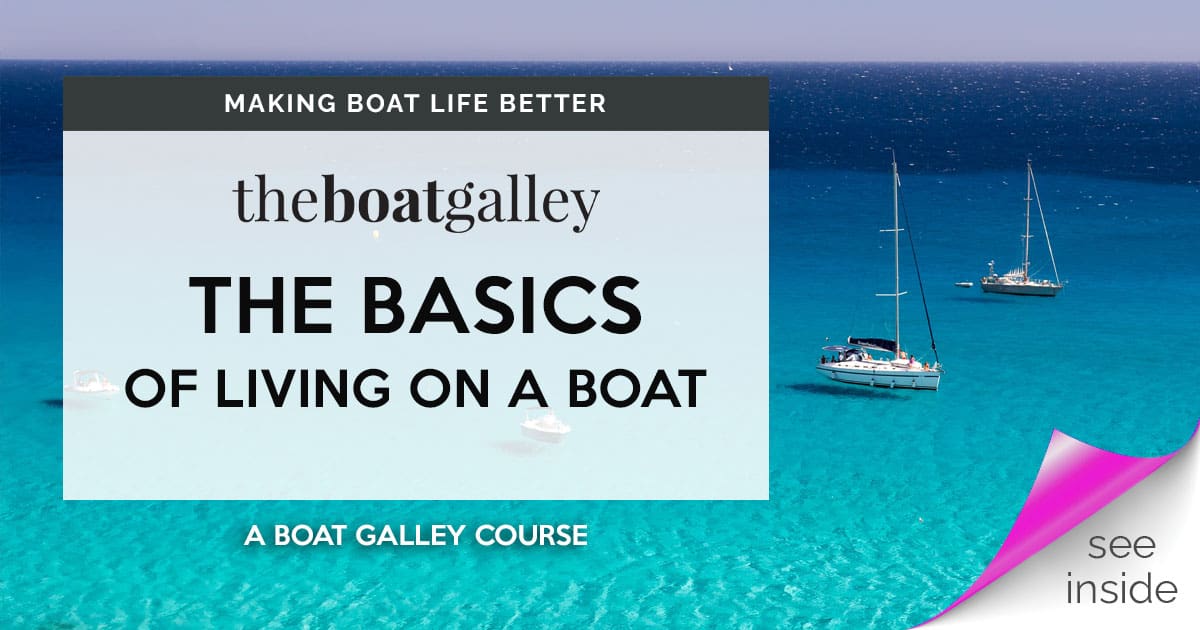
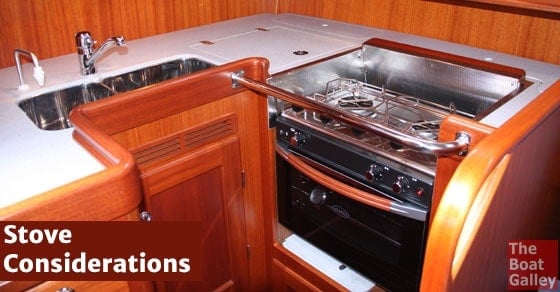
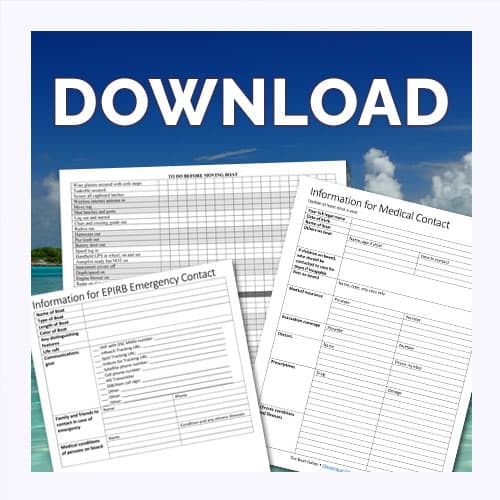


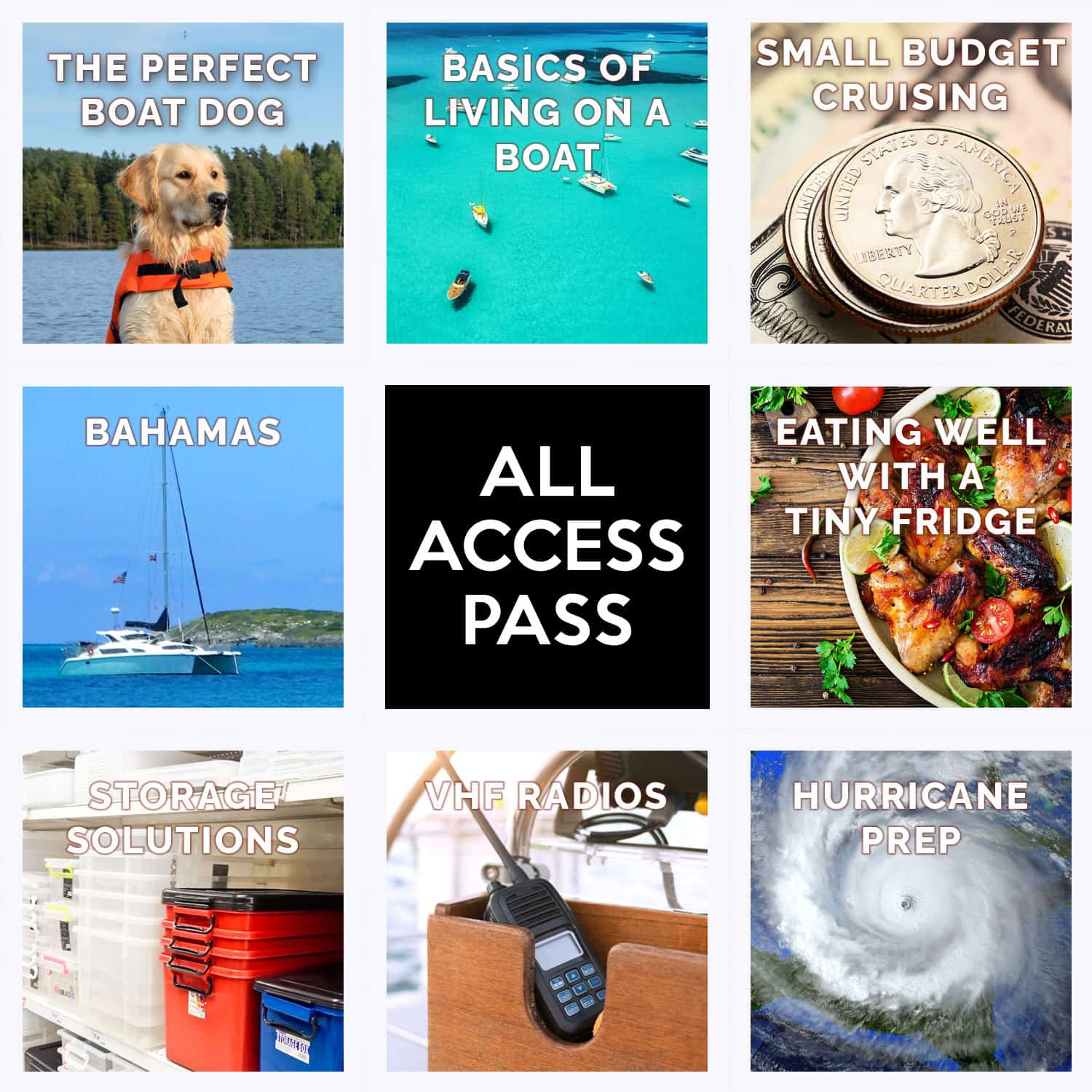
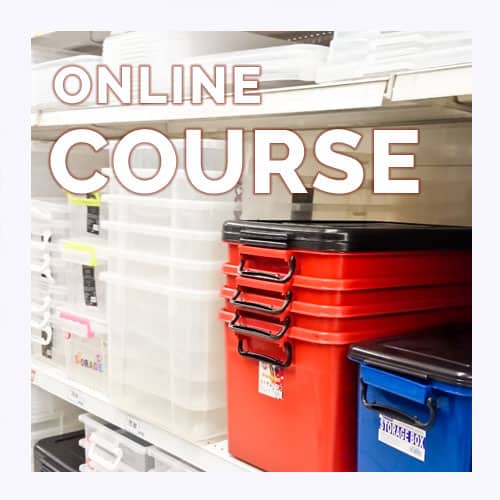

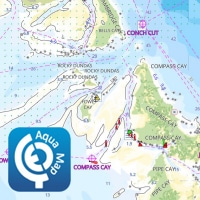
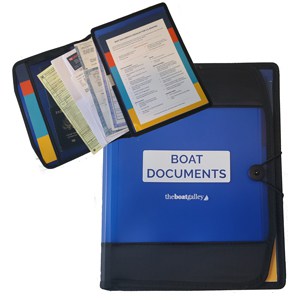

Maryanne Grady says
If only my galley was this wonderful!!!
The Boat Galley says
It’s one I saw at a boat show . . .
Judith Adams says
i love to pick you brain. I learn things I didn’t know I needed to know…thanks for BTU clarification, we don.t want to waste our propane. Anything that uses boiling water, I have found it best done in teakettle, transfer to another pan with ingredients, close the lid and let it sit it nearly cooks itself w/no added heat. Thanks Carolyn!!! I talk to many boaters and recommend you to all.
Carolyn Shearlock says
Thank YOU!
Michelle Rene says
Thank you so much for always posting the right info at the right time
The Sea and Sailors says
Nice kitchen!!!
Rich says
Any info on electric cook tops or stove(s) ? The only electric stove I see available in US is the Force 10 at about $1500. Anyone had experience with these ?
Thanks
Carolyn Shearlock says
Hi Rich!
I don’t have much experience with electric stoves on boats. I’ve only known one person with one, and she got rid of it after about a year as it just took too much power. Others that I’ve known with them had single burner units (either a hot plate or an induction burner) and only used them when they were in a marina. With luck, someone else may have some experience and reply!
Rich says
Carolyn,
Many thanks for your quick reply. My generator died last summer, replacing with smaller 5kw this month. Moody Cabineerror 1971, U.K. built. I’m thinking an electric stove would draw too much as well. May try rebuilding my propane system,,hasn’t been used in many years.
Psychological. Great website !
Rich
Karin Fumagalli says
Hello,
Did anybody ever heard about the Alpes Inox nautical stove from Italy? I have not heard good things about the Force 10 and it seems like there is not really good options here in the US but I hate to spend money on shipping but I do love to have an oven that works.
Thank you for any help or suggestions.
Karin
RJ Bowen says
Try Google “DOM Showrooms North America” in NYC. They may not have marine model though. Alpes brand appears popular for high end apartments/condos.
I did read some posts from years ago on Cruisers Forum about difficulty getting repair parts.
Dave Skolnick (S/V Auspicious) says
Induction cooking is becoming increasingly popular on boats. Time for another update. *grin* Let me know if I can help.
Personally I think any flavor of electric cooking on a boat is a stunningly bad idea. The advocates however are rabid on the concept.